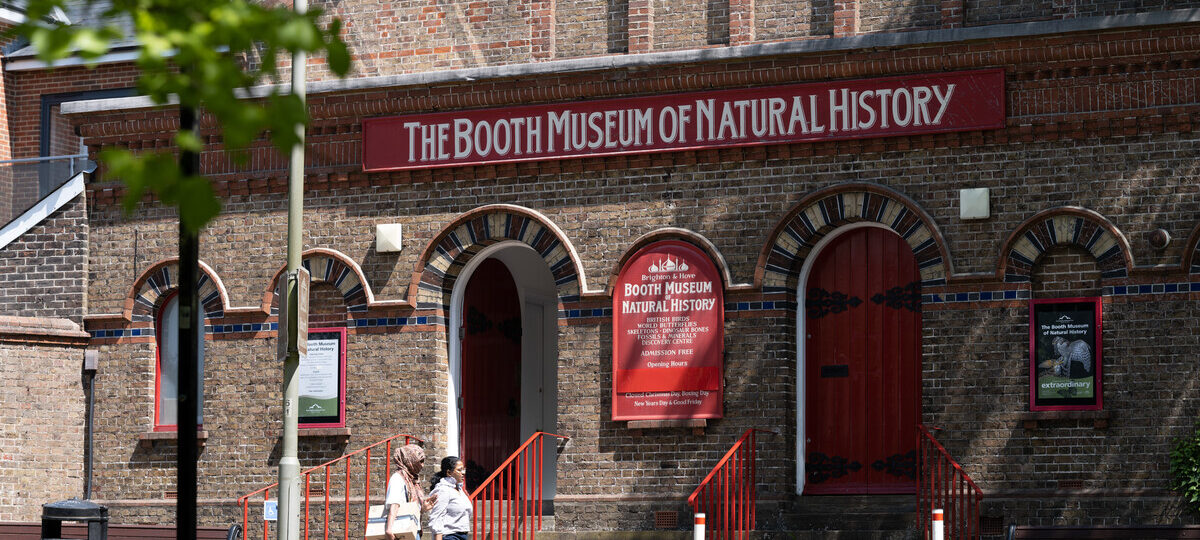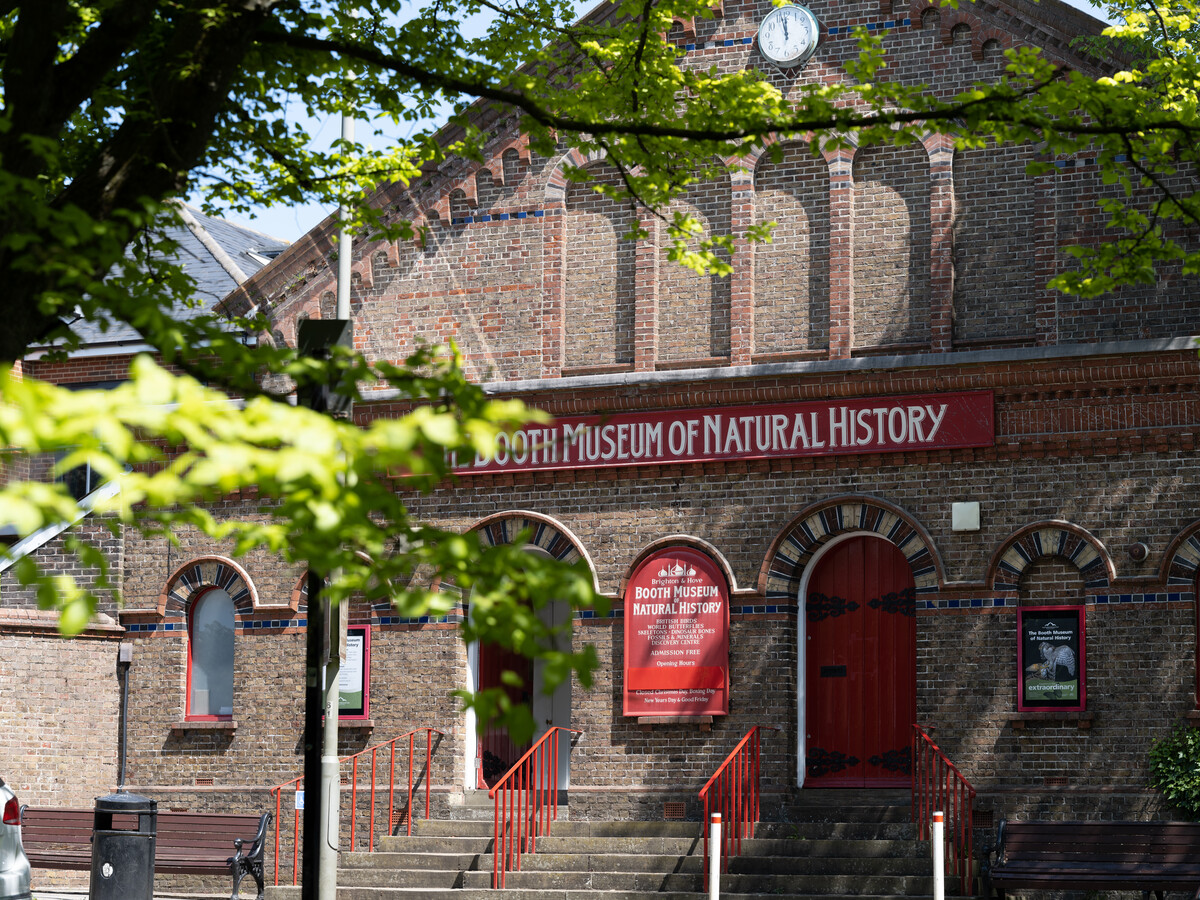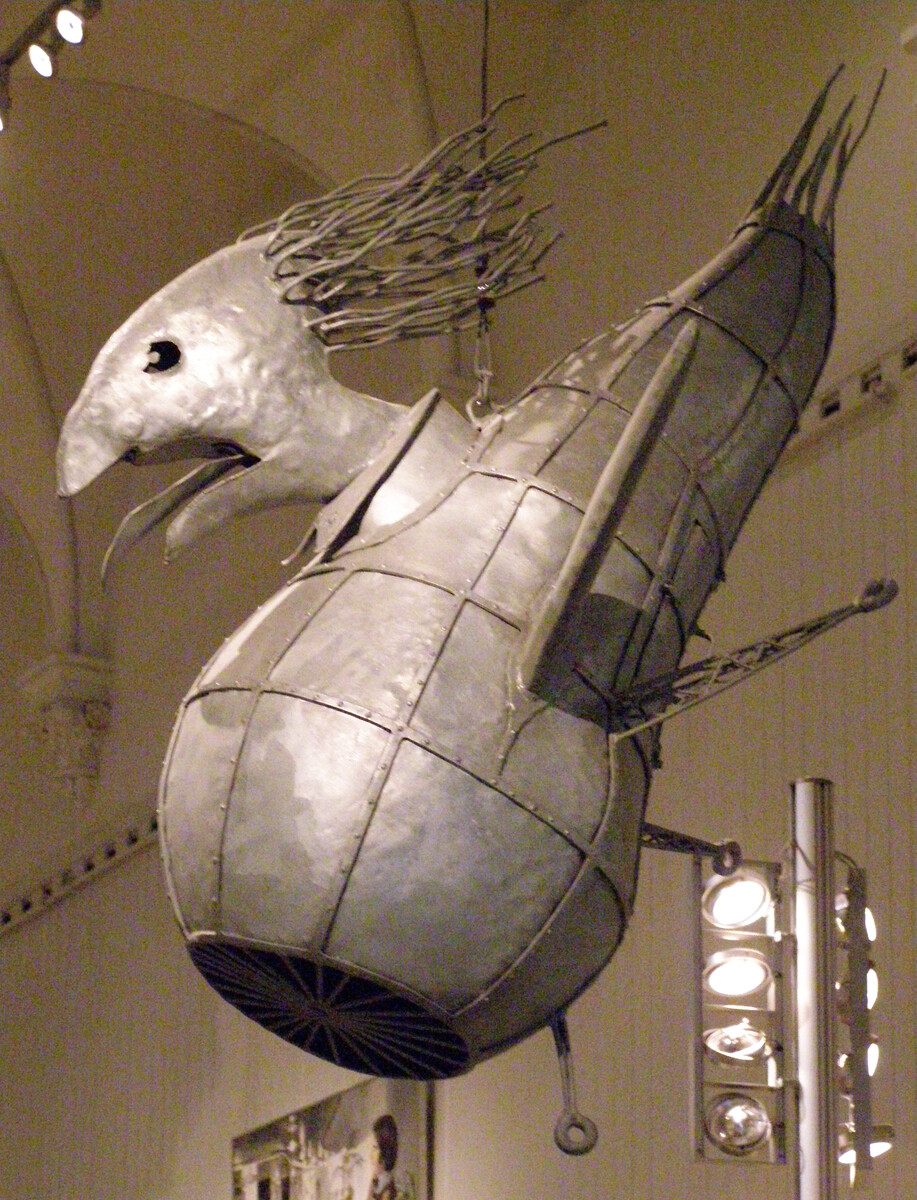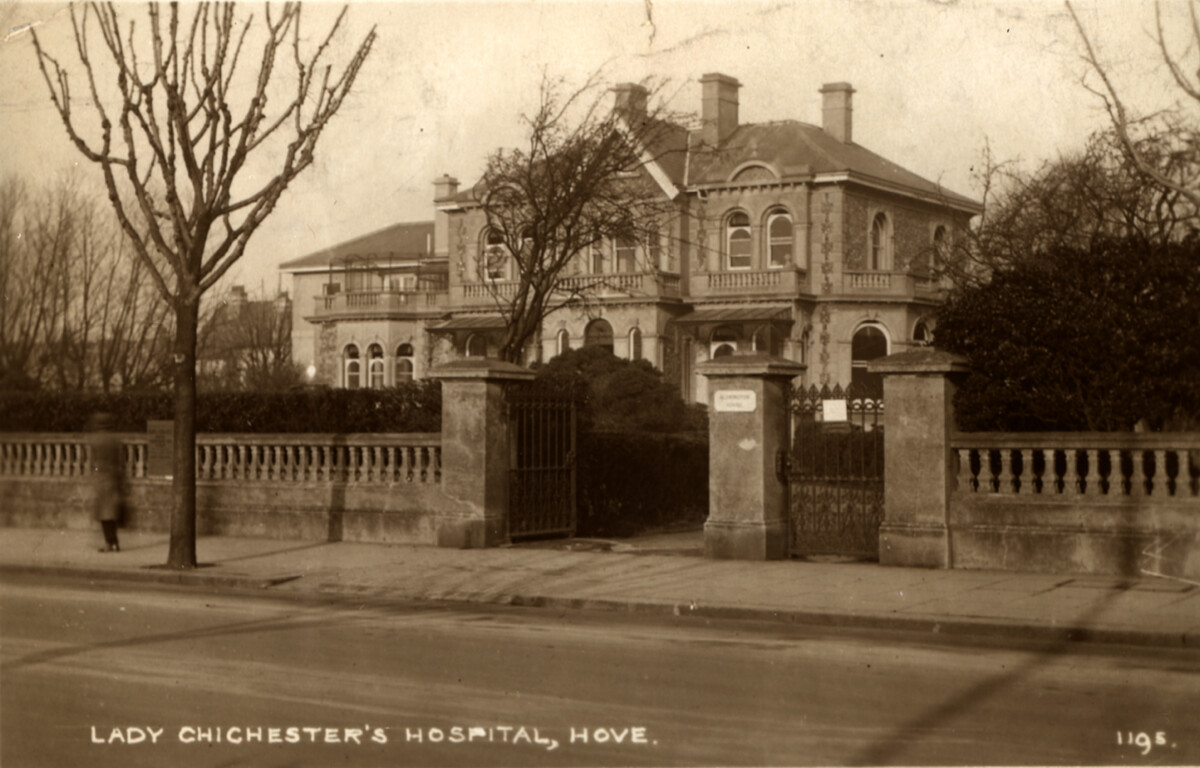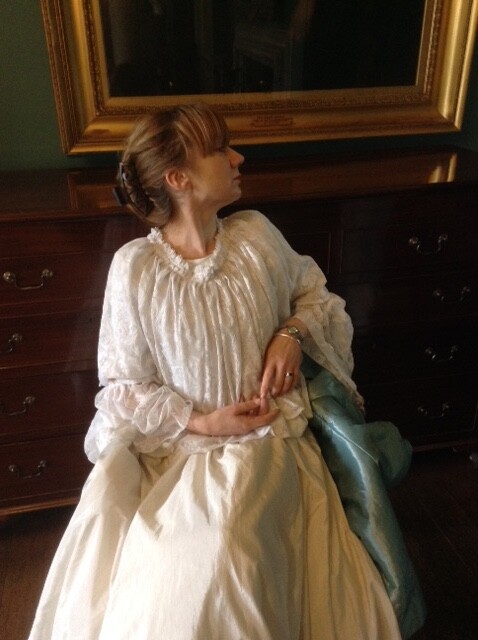
This is a legacy story from an earlier version of our website. It may contain some formatting issues and broken links.
…Paula Wrightson, Museum Learning Officer (Adult event programme)
I have been working with the ghosts at Preston Manor for five years although I’ve yet to actually meet one.
In this time I’ve become fascinated not only by our famous Preston Manor ghost story but by the history of belief in ghosts, especially in the Victorian period. The Victorians went ghost crazy and the Stanford family of Preston Manor appear to have been drawn into the fad.
I have been lucky enough to read the letters written in the 1930s between John Benett-Stanford and Henry Roberts, the first curator of the Manor when it became a museum in 1933. It is through these letters that we can piece together some of the story. What is known is that Lady Ellen Stanford certainly did not believe her house was haunted “personally I do not believe anyone has ever seen one here” she wrote of ghosts in 1930.
[slideshow]
However, her mother was so convinced she took part in a séance, which was held at the house on 11th November 1896. At this time holding a séance was fashionable in high society. Even Queen Victoria is said to have dabbled. Spiritualist mediums could make a good living on the grand house circuit and many, interestingly, were women, as the job was considered a respectable profession (especially for genteel ladies in need of an income).
The medium present at the Preston Manor séance was Ada Goodrich Freer, going under the pseudonym ‘Miss X’. She became a leading member of the Society for Psychical Research which was set up in 1882 and continues today. Without doubt Miss X provided a dazzling show that November night. A transcript of the proceedings still exists from which we can deduce a ‘talking board’ was used (marketed as the Ouija Board from 1901). Miss X’s fantastical communications with ‘the other side’ (too lengthy to go into here) together with the archive of letters, provide us with the basis of the ghost tours and events that we run at Preston Manor today.
John Benett-Stanford, who was not present at the séance, intended writing a history of his family ghost story but in his own words he was “too lazy” to do so. He hoped Henry Roberts would take up the mantle and wrote numerous lines of enquiry to Roberts including the hope that the household ghost of the White Lady might call by one night and “share your whisky and soda with you”.
No one has yet written the definitive history of the Preston Manor ghosts, not least because the story continues. I keep an on-going file of up-to-date reports of sightings and experiences.
